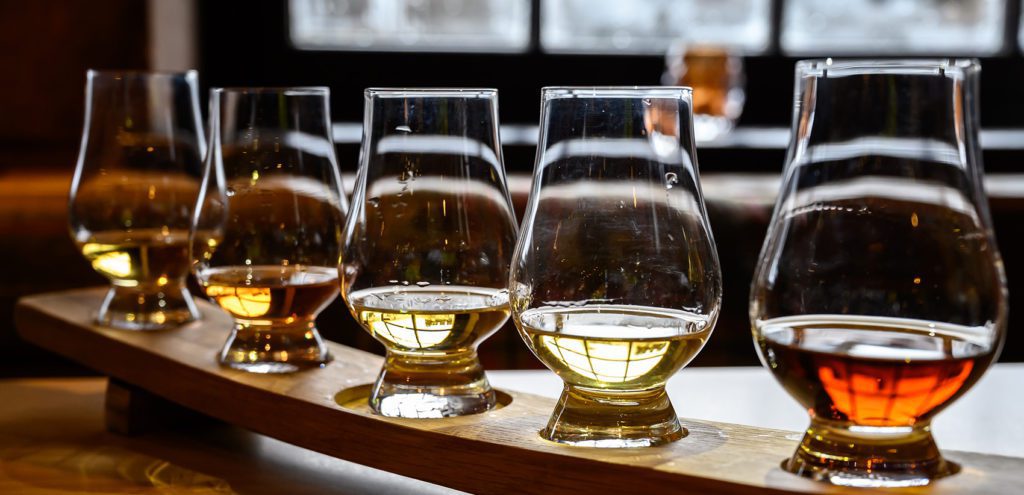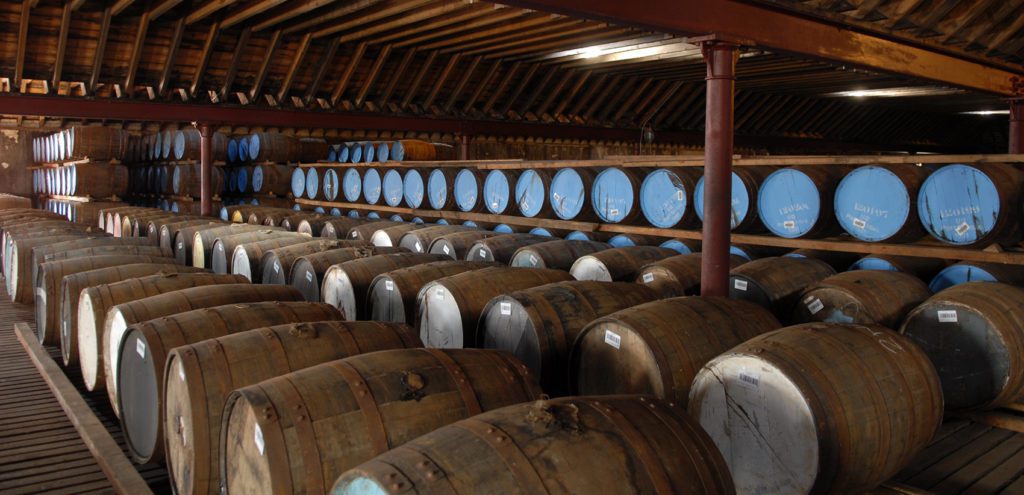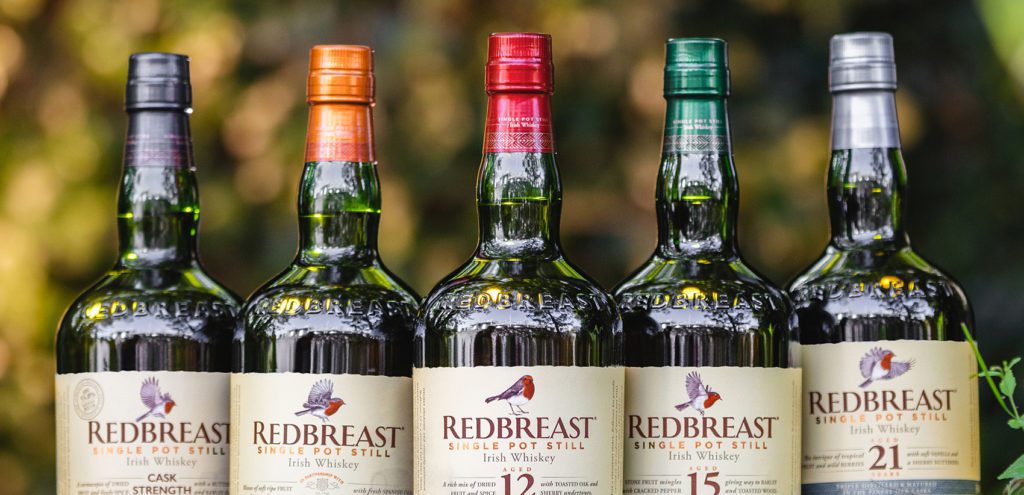
Want to start your own whisky collection? Then ask yourself, what do you like?
Becoming a whisky collector can be a wonderful personal journey that should be enjoyed at every stage. For some though, the sheer quantity of whisky on the market can make for a daunting experience. Don’t be put off by terminology or the pages of tasting notes, however. If you take time to explore, you’ll find that forming your own opinion on what you like – and why – can be great.
If you should be tasting coffee, cherries and soot and all you get is sweetness and peat, you’re not wrong. And nor are the tasting notes. Everyone’s tastebuds are personal. Your first question should always be do I like this and why? Or why not? Then follow where the answer leads.
To get you started, here are our five steps to becoming a whisky collector.

STEP ONE: DRINK WHISKY
If you plan to collect whisky then you’ll be very glad to hear that you need to drink quite a bit of it – but not all in one go, of course. Whisky collection is about passion and you need to find yours among the hundreds of bottles on the shelf. Yes, you can collect purely for the investment, but the real joy comes from finding value in something you love.
Take a seat at a whisky bar with knowledgeable staff and let your education begin. Try Scotch against Irish, Bourbon against Japanese. Read the tasting notes, listen to the bartender and taste – then make up your own mind. What do you like, what makes each world’s whisky stand apart for you? A collector is a connoisseur and a connoisseur knows their own mind. Listen to all the advice and then make it your own.

STEP TWO: RESPECT THE AGING PROCESS
Start to teach yourself what happens when wood and spirit meet and how the passing of time matures your whisky. It’s a fascinating alchemy and the best way to experience it for the first time is to book yourself onto a distillery tour that includes a warehouse visit. You’ll be surrounded by walls of oak casks, each at different stages of maturation. The air will be filled with a heavy, sweet perfume that escapes through the wood of the cask as the barrel “breathes”.
The spirit in these casks is becoming whisky and the wood used, the length of time the spirit remains in the cask and the environment itself, all play a part in creating the flavour profiles, depth of colour and aromas that will eventually be bottled. Aging finishes the moment the spirit hits the glass of the bottle so a whisky that matured in cask for 30 years and was bottled in 1985 will still be 30 years old today.

STEP THREE: FIND YOUR NICHE
If you’ve carried out step one correctly (above) then finding your niche won’t be too hard. You can’t collect everything so make the heart of your collection very personal to you. Did you find yourself drawn towards Scotch Whisky, Irish Whiskey, American Whiskey or Japanese Whisky? Perhaps you realised you prefer a Single Pot Still to a Single Malt? Or you found the art of blending one whisky with another to get the perfect combination fascinating? You might choose to only collect double-distilled whisky, for example.
Some people collect only from one location, such as the island of Islay, or everything produced by one single distillery, such as Dingle Distillery. Having a niche that ties your collection together is really important. This niche can shape its value because the story you tell about each bottle will be linked to it and help you find others who are seeking out the same.

STEP FOUR: SHOW IT OFF WITH CARE
How you store your whisky collection is vital, so have this in mind before you even begin. Everyone enjoys showing off but be careful that the display case you use protects as well as spotlights your finds. Whisky should be stored upright to help prevent the high levels of alcohol from damaging the cork. This can lead to evaporation and leakage. You need to light whisky carefully as sunlight and overly strong bulbs will fade the labels – causing real damage to the bottle’s value.
Humidity can also wreak havoc on labels and display boxes so, if you live in a particularly humid area, think about how you might protect against it. You can use sealed display cases or fit a dehumidifier, for example. A roaring log fire is a great friend to a glass of whisky, but don’t store your whisky collection in the same room. The heat can dry out the cork, increasing evaporation, as well as damaging the glues and inks in the labels.

STEP FIVE: LEARN TO SPOT RARITY BEFORE IT HAPPENS
Rare and collectible whiskies don’t start out that way, so discovering how to read the future of a bottle is paramount. Naturally, a mass-produced bottle won’t be rare anytime soon, so look out for special editions, single-cask releases and hand-numbered bottles. Knowing exactly how many other bottles are out there is the key. Distilleries love to create and every year they will experiment in wood, bottle shapes, new designs and extra maturation to create a collectible. But if everyone has one in their whisky collection then rarity won’t occur.
One way to gauge rarity is to research a popular release. If, after six months to a year, there aren’t many reviews or tasting notes available, it might be because people aren’t drinking it. They’re keeping it in the hope that it will become rare. If there are lots of reviews and comments out there, then it’s a whisky that is being enjoyed and rarity may well be growing – along with its value.
To keep up to date with all our articles, new releases and special offers then sign up to our mailing list.
Recent Posts
Recent Posts
Have a content request? Ask us in the comments below!



